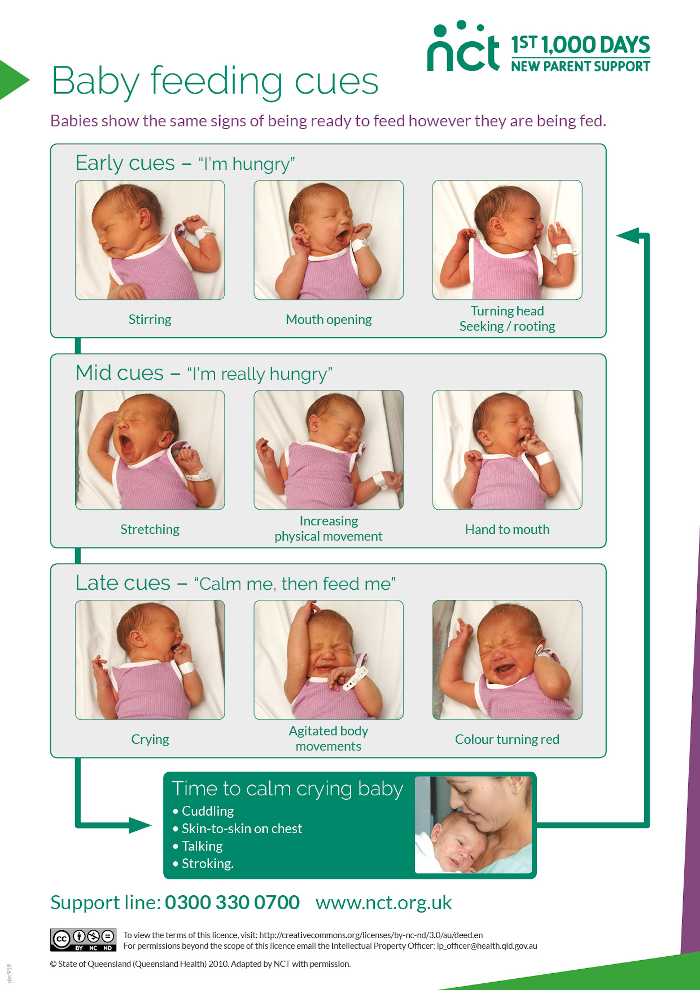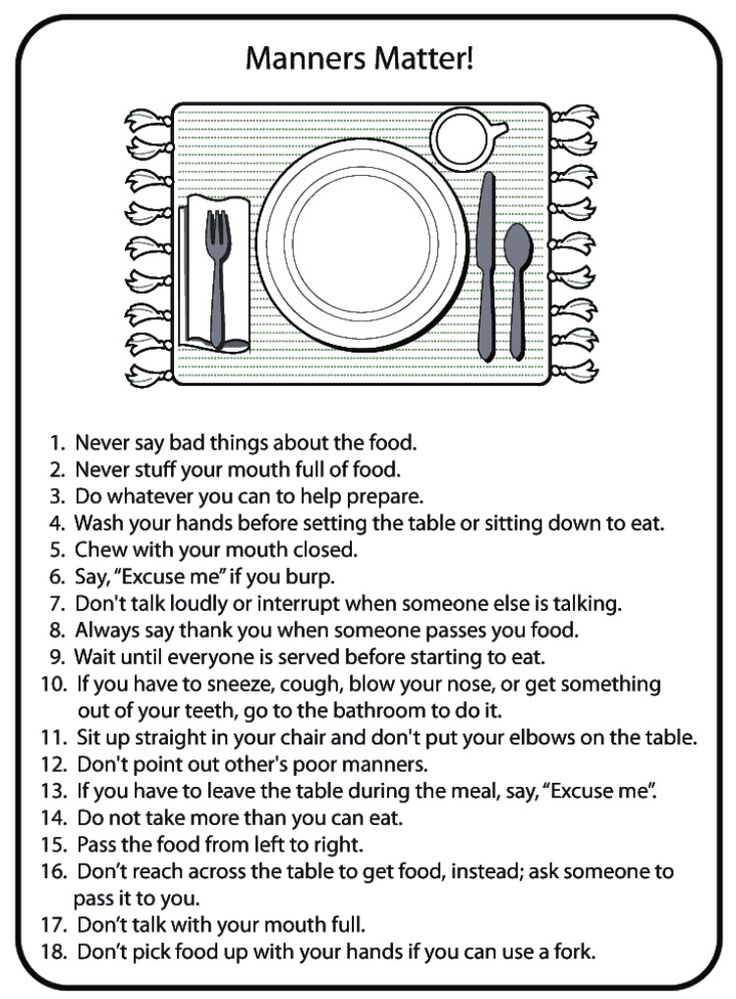Baby fattening food
High Calorie Diet for Infants and Toddlers | Health and Nutrition Facts for You | Patients & Families
Some infants and toddlers need to eat a high calorie diet to gain weight. This can be hard to do because they have tiny tummies. This handout will give you some ideas for high calorie foods to try, as well as items to add to foods that will boost the calorie content.
There is no perfect order for introducing solid foods. Parents often offer single grain, iron fortified cereals as the first food. This is not required. Pureed meats are a good first food because they are higher in calories, protein, iron, and zinc than many other choices.
Add new foods into your child’s diet one at a time. Wait 3 days before adding another food. Watch for signs or symptoms of a food allergy. If there is not a family history of food allergies and your child does not have eczema, you may start peanut butter, nut butters, eggs, and fish along with other solids. Delaying these foods can increase food allergies.
If your child needs to be on high calorie fortified infant formula or breast milk, please talk to your health care provider first. You should be taught about the right recipe. This is to prevent an excess intake of nutrients to prevent constipation and dehydration.
Try thinning with formula, broth, or breast milk when you first offer these foods.
Avocadoes (pureed)
Beans – black, navy, red, pinto, kidney, white (cooked and mashed)
Eggs (mash the yolk)
Bananas
Mangoes
Lentils (cooked and mashed)
Fresh ground meats (dark meat poultry, beef, lamb, pork)
Whole milk yogurt
Full fat cottage cheese (4% fat – may need to puree or try small curd)
Mashed sweet potatoes
Mashed potatoes
Mashed squash (acorn, butternut)
Peanut butter or nut butter (thinning will reduce stickiness)
Goat cheese
Cooked quinoa or buckwheat (soft grains that are higher in calories)
Sweet potato fries
Mozzarella balls
Cheese curds
Homemade cheese crackers or cheese puffs (see recipe)
Diced summer sausage
Dried fruit
Mini quiche
Hard boiled eggs
Frosted wheat biscuits
Diced grilled cheese sandwich
Homemade pancakes, waffles, and French toast sticks
Peanut butter balls (see recipe)
Sugar plums (see recipe)
You can add these items to pureed and mashed baby food, yogurt, cereals, and eggs. Start with 1/2 teaspoon for every ¼ cup and work up from there. Discuss with your provider.
Start with 1/2 teaspoon for every ¼ cup and work up from there. Discuss with your provider.
Oils (canola, safflower, flaxseed, walnut, and sunflower are good sources of essential fats)
Butter
Ground flaxseed
Ground chia seeds
Heavy cream
Cheese
Dry milk powder
Sour cream
Cream cheese
Maple syrup
Wheat germ
Make your own baby food. Although this requires extra work, it is often higher in calories. You could prepare all the food you will need a few times per month, put in ice cube trays, and keep in the freezer.
Talk to your daycare provider about adding extra calories to your child’s meals throughout the day.
Bring your own food to daycare.
Avoid giving more than 2 ounces of juice daily.
 Juice will fill your baby up without providing enough nutrition.
Juice will fill your baby up without providing enough nutrition.
Try putting foods into a mesh bag to allow our baby to enjoy them without the fear of choking.
Cheddar Cheese Puffs
These are a soft, high calorie snack.
1 cup flour
6 Tbsp butter, chilled and diced
2 tsp baking powder
1-3 Tbsp heavy cream
3 cups grated cheddar cheese
Preheat oven to 350 degrees. In a food processor or mixer, combine first 4 ingredients until crumbly. Add the cream gradually until a dough forms. Using a 1 teaspoon scoop form the dough into balls. Bake for 15 minutes or until golden brown.
These are easy to make and nutrient dense!
1/2 cup creamy peanut butter
2/3 cup shredded coconut
1/3 cup maple syrup
1/2 cup ground flaxseed meal
1 tsp vanilla extract
1/3 cup mini chocolate chips
1 cup old-fashioned oats (raw)
In a mixing bowl, stir together peanut butter, syrup and vanilla extract. Add the rest of the ingredients and stir until coated. Transfer mixture to the fridge or freezer and chill until set. Remove from the fridge and shape into 1-inch balls. Store in the fridge in an airtight container.
Add the rest of the ingredients and stir until coated. Transfer mixture to the fridge or freezer and chill until set. Remove from the fridge and shape into 1-inch balls. Store in the fridge in an airtight container.
These are tasty, healthy, and great for little fingers.
3/4 cup nuts or seeds, toasted
1/2 teaspoon orange zest
1/2 cup dried plums (prunes)
1/4 cup maple syrup
1/2 cup dried apricots
1/2 teaspoon ground cinnamon
1/2 cup dried cranberries
1/4 teaspoon ground nutmeg
1/4 cup dried cherries
Put all ingredients in a food processor. Mix until smooth. Wearing gloves (or spraying hands with nonstick cooking spray), roll into 1-inch balls. Store in the fridge in an airtight container.
If you are a UW Health patient and have more questions, please call UW Health at one of the phone numbers listed below. You can also visit our website at www.uwhealth.org/nutrition.
You can also visit our website at www.uwhealth.org/nutrition.
Nutrition clinics for UW Hospital and Clinics (UWHC) and American Family Children’s Hospital (AFCH) can be reached at: (608) 890-5500.
Nutrition clinics for UW Medical Foundation (UWMF) can be reached at: (608) 287-2770.
If you are a patient receiving care at UnityPoint – Meriter, Swedish American or a health system outside of UW Health, please use the phone numbers provided in your discharge instructions for any questions or concerns.
Best Weight Gain Foods for Babies and Toddlers
By Min On , Updated
This post may contain affiliate links. Please see our disclosure policy for more details.
Share or Save It for Later!
Here are the top foods to help your baby or toddler gain weight. All of these are high calorie whole foods that can be easily added to your child's food to make it more filling and delicious.
- Does your child need to gain weight?
- Best Solid Foods for Babies to Gain Weight (6 months and up)
- Weight Gain Foods for one year old and beyond
- Nutrition Supplement for Weight Gain
- Tips for Adding High Calorie Foods
- High Calorie Baby Food Recipes (and for toddlers)
Does your child need to gain weight?
First, it's important to determine if your child is indeed underweight and in need of intervention.
There are so many factors that influence how your child grows, such as genetics (that's a HUGE one), nutrition, environment, and activity.
So when you find yourself comparing your child with how other babies are growing, please remind yourself that every child is unique. Healthy babies come in all shapes and sizes.
If your child is in the 10th percentile, this doesn't mean they're doing better or worse than your friend's child who is in the 70th percentile.
You can rest assured that your child is getting adequate nutrition and growing properly if they're maintaining a usual and predictable pattern of growth on the curve.![]()
On the other hand, if you start to see flattening of the curve or dips, or your child seems to always be hungry, these high-calorie, high-fat foods will help them with healthy weight gain.
Top Foods for 8 Month Old
Best Solid Foods for Babies to Gain Weight (6 months and up)
- Breast milk and/or Infant Formula
- Avocado
- Banana
- Beans
- Beef
- Butter *
- Chicken thighs or drumsticks
- Coconut
- Eggs *
- Full-fat Dairy products * (whole milk, cheese, yogurt, cream cheese, sour cream, cottage cheese, etc.)
- Lentils
- Peanut Butter *
- Nuts *
- Nut or Seed Butter * (e.g. almond, cashew, pumpkin seed, sunflower seed)
- Oils (avocado, olive oil, sesame oil *)
- Potatoes (both white and sweet potato)
- Whole grains, like Quinoa
- Salmon *
- Sardines *
- Seeds (hemp, chia, sesame, pumpkin, or flax seeds *)
Note: Foods with * by them are one of the top allergens. When first introducing, be sure to serve a tiny amount.
When first introducing, be sure to serve a tiny amount.
Weight Gain Foods for one year old and beyond
Continue serving all of the foods listed above. However, you may find that it's becoming more challenging to feed your toddler who seems to be showing less interest in eating and displaying picky eating tendencies.
Be sure to read my top foods for 1 year old post to better understand and help navigate through this tricky feeding phase.
My top tips for feeding your underweight child is:
- Make every effort to include high-calorie, high-fat foods as much as possible
- You might be tempted to offer high calorie foods, like ice cream, soft drinks, juice, pizza, milkshakes, etc. And while it might add a few pounds to your child, those foods will not provide the nutrients they need for healthy growth.
- Instead, focus on serving nutritious meals with essential nutrients. You want to add extra calories not empty calories.
- Feed them every 2-3 hours.
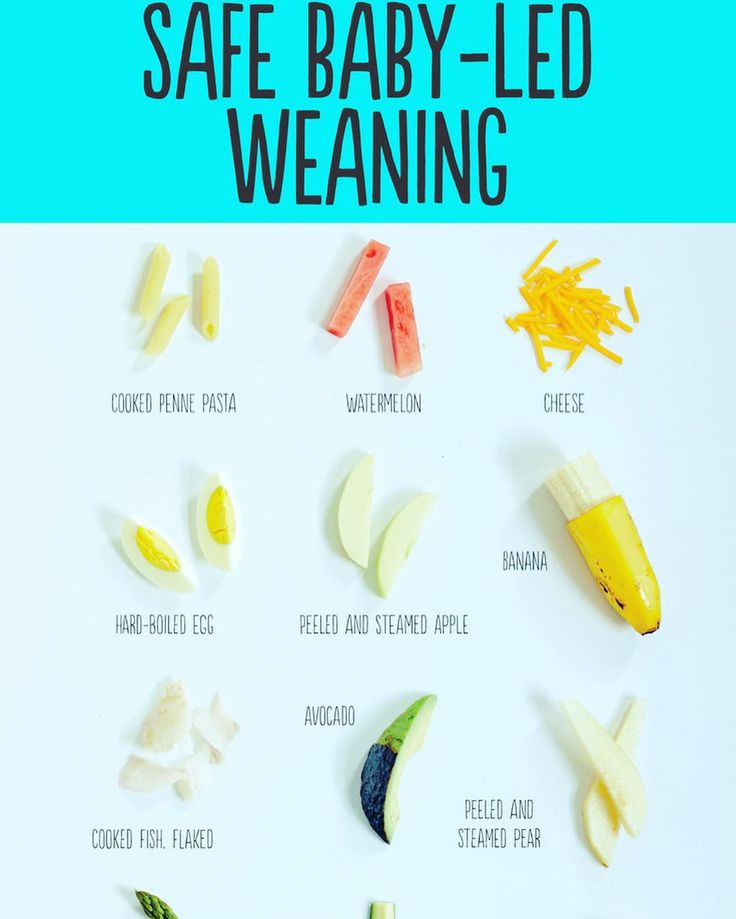
- If your child doesn't eat much during mealtimes, you may consider providing up to 3 snacks, including a bedtime snack for additional calories.
- Consider snacks as mini-meals so your child gets up to 6 eating opportunities to consume adequate calories and nutrition.
- Don't pressure them to eat - it will only backfire and can actually shut down their appetite.
Here are some specific tips on how to help your underweight child.
Nutrition Supplement for Weight Gain
Many families turn to these as they are a convenient way to boost calories and nutrients to support weight gain. My personal recommendation is to focus on food first.
However, if your child is really struggling, then talk to a dietitian or health care provider to find the type that is most appropriate for your child.
Tips for Adding High Calorie Foods
Babies and toddlers have small tummies so it's important to try to make every bite count with healthy fats and important nutrients.
But this doesn't mean you have to spend all of your hours and energy in the kitchen.
Here are some super easy ways to help your baby gain weight.
- Yogurt with
- hemp seeds and banana
- mashed avocado and chia seeds
- peanut butter and cooked quinoa
- flaked salmon or sardines
- Toast with
- mashed beans and tahini
- almond butter, banana, and unsweetened coconut flakes
- mashed avocado and hemp seeds
- Oatmeal or lentils with
- hummus
- mashed avocado and beans
- eggs and sweet potatoes
- Mashed potatoes or sweet potatoes
- with butter and cheese
- with minced chicken or beef and yogurt
- added as a quesadilla filling with cheese
- Eggs
- fried in olive oil
- scrambled in butter with quinoa
- scrambled egg avocado sandwich
- Smoothies with avocado, peanut/nut butter, seeds, milk, or yogurt
- Cook vegetables in extra oil, butter, tahini, etc.
 You can also serve them with high-calorie dips like nut butters, yogurt, guacamole, bean dips, etc.
You can also serve them with high-calorie dips like nut butters, yogurt, guacamole, bean dips, etc.
High Calorie Baby Food Recipes (and for toddlers)
In addition to the simple ideas above, here are some actual recipes that can help your child gain weight while learning to enjoy a wide variety of flavors and textures.
Breakfast
Single Serve Chia Puddings for Babies and Kids
Single serve chia seed pudding for babies 6 months and up is the perfect make ahead breakfast or snack that you can whip up in under 5 minutes!
Get the recipe
Healthy Sweet Potato Cookies
These super moist sweet potato cakes made with just 5 simple ingredients, including chickpeas, oats, and chia seeds, are perfect for babies and toddlers.
Get the recipe
Peach Banana Smoothie
Creamy and perfectly sweet, this 5-minute, high-protein peach banana smoothie is the perfect breakfast or snack for the whole family!
Get the recipe
Banana Overnight Oats
These banana overnight oats are a perfect make ahead breakfast or snack option for babies, kids, and adults alike!
Get the recipe
Peanut Butter Chickpea Cookies
Made without flour and sugar, these peanut butter chickpea cookies are so easy to make with just 5 ingredients.
Get the recipe
Healthy Yogurt Muffins
Light, fluffy, and incredibly moist, these whole wheat greek yogurt muffins are made with just a handful of ingredients and can be flavored in so many ways!
Get the recipe
Banana Peanut Butter Sandwich
Invite fun and variety into the classic banana peanut butter sandwich by grilling and adding unexpected but delicious ingredients that kids and adults will enjoy!
Get the recipe
Green Smoothies for kids
These healthy green smoothies for toddlers and kids are super easy to make and can be enjoyed as a quick breakfast or snack.
Get the recipe
Peanut Butter Cheerio Cereal Bars
These no-bake peanut butter cheerio bars are so easy to make with pantry ingredients! They are the perfect breakfast or snack for kids.
Get the recipe
Greek Yogurt Smoothie
Here's how to make any protein-packed Greek yogurt smoothie! With just the perfect amount of sweetness and creaminess, you can enjoy this thick smoothie for breakfast or as a quick snack any time of day.
Get the recipe
Vegetable Omelette
Nutritious and easy to make, this baby-friendly omelette made with whatever veggies you have on hand is the perfect breakfast/snack for babies and toddlers!
Get the recipe
Healthy Banana Recipes for Babies and Kids
Transform plain ol' banana with these super fun and easy breakfast or snack ideas that you can make with your child!
Get the recipe
Healthy Zucchini Oatmeal Breakfast Cookies
These zucchini oatmeal cookies are so easy to make with wholesome, minimal ingredients and no added sugar!
Get the recipe
Avocado banana smoothie
Creamy and filling, this avocado banana smoothie is so simple yet incredibly satisfying. Enjoy as a quick breakfast or energizing snack.
Enjoy as a quick breakfast or energizing snack.
Get the recipe
Carrot Cake Oatmeal Smoothie Bowl
Loaded with nutrition, this carrot oatmeal smoothie bowl is the perfect veggie smoothie (but thicker!) for babies, kids, and adults!
Get the recipe
Vegetable Waffles with Peanut Butter
EASY to make, healthy peanut butter vegetable waffles for babies and kids! A great way to enjoy more protein, fat, and veggies for breakfast.
Get the recipe
Lunch
Vegan vegetable quinoa muffins
Made with healthy ingredients like broccoli, carrots, and quinoa, these egg and dairy-free vegetable muffins with quinoa are perfect for baby led weaning and school lunchboxes.
Get the recipe
Chickpea Patties (gluten free)
These flavorful chickpea patties with quinoa are easy to make with simple pantry staples.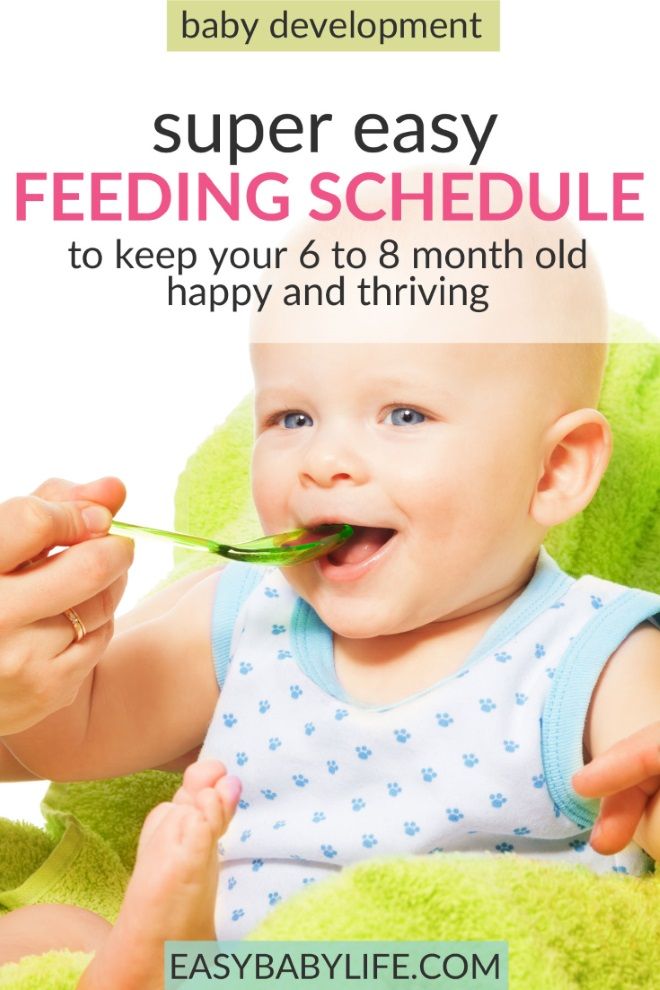 Shape them into patties or even nuggets
Shape them into patties or even nuggets
Get the recipe
Scrambled Egg Sandwich
Making a scrambled egg sandwich isn't hard. But here are some simple tips to take this iconic breakfast to the next level!
Get the recipe
Chicken pesto flatbread pizza
This pesto flatbread pizza is the perfect busy weekday meal! It can be on the table in under 20 minutes with minimal effort and ingredients.
Get the recipe
Omelette Pizza
Pizza eggs - your favorite pizza toppings, flavorful sauce, protein-rich eggs, and cheese all cooked to perfection in one pan. Enjoy for breakfast or any time of the day!
Get the recipe
Hummus Grilled Cheese
10 minutes is all you need to whip up this exciting twist on a kid favorite lunch - grilled cheese. The simple addition of hummus will amp up flavor and nutrition.
The simple addition of hummus will amp up flavor and nutrition.
Get the recipe
Easy Salmon Bean Salad
This mayo-free, refreshing yet hearty salmon bean salad couldn’t be easier to make! You can serve with crackers, vegetables, bread, salad, cheese, or whatever you fancy!
Get the recipe
Curry Chicken Avocado Salad
EASY, healthy curry chicken salad with avocado and vegetables for babies, kids, and adults! It's high in protein and perfect for a quick lunch at home and school lunchboxes.
Get the recipe
Healthy Beef Meatballs
These healthy beef meatballs are made with just 5 simple ingredients and are egg free and dairy free. Tender and flavorful, these are perfect for babies and kids of all ages!
Get the recipe
Mini Shepherd's Pie Muffins
A quick and easy, baby and kid-friendly twist on an Irish classic comfort food, these mini shepherd pie muffins are filled with beef, vegetables and topped with creamy mashed potatoes
Get the recipe
Dips
Zucchini Pesto with Almonds
Upgrade pasta with this simple and healthy zucchini pesto. It is light and creamy and can be ready in 15 minutes!
It is light and creamy and can be ready in 15 minutes!
Get the recipe
Beetroot Pesto Pasta Sauce
Made with simple, wholesome ingredients, this beetroot pesto comes together in minutes and makes for the perfect pasta sauce for babies, kids, and adults!
Get the recipe
Broccoli Hummus Dip
If your child won't eat broccoli or you've been looking for different ways to serve it, give this hummus a try! It's also a great way to pack in a lot of nutrition for babies and kids.
Get the recipe
Pumpkin Seed Spinach Hummus
this spinach hummus with pumpkin seeds instead of tahini is a healthy snack or meal for babies and toddlers. It is so versatile and here are some ways to serve it to your family.
Get the recipe
3 Ingredient Thai Peanut Coconut Sauce
Made with just 3 ingredients, this Thai peanut sauce with curry paste and coconut milk is a great way to introduce spicy flavor to babies and kids.
Get the recipe
Creamy Roasted Cauliflower Dip
This creamy roasted cauliflower dip made with an ENTIRE head of cauliflower, tahini, and milk is super simple to make, delicious, and versatile. It will be an AWESOME way to make veggies exciting for kids!
Get the recipe
Beetroot Dip with chickpeas
4 nutritious ingredients, a food processor/blender, and dippers are all you need for this smooth, creamy, and vibrant beetroot dip for babies and toddlers!
Get the recipe
Dinner
Easy Bolognese with Vegetables
This kid-friendly veggie-loaded meat sauce with ground beef and medley of vegetables is hearty, filling, and nutritious!
Get the recipe
Instant Pot Peanut Chicken and Broccoli
Another EASY, 30 minute weeknight meal you can enjoy with your baby and kids! This Instant pot chicken and broccoli is also a great way to continue exposing your child to one of the top food allergens, peanuts.
Get the recipe
Creamy Broccoli Pasta
In need of an easy weeknight dinner? 15 minutes is all it takes to make this healthy one pot creamy broccoli pasta
Get the recipe
No stir Quinoa Risotto with Mushrooms
This 30 minute mushroom quinotto or quinoa risotto is much easier to make compared to traditional risotto and requires zero stirring!
Get the recipe
Vegetarian Sweet Potato Lasagna with Quinoa
This vegetarian sweet potato lasagna with quinoa requires no boiling of noodles and assembly couldn't be easier!
Get the recipe
Thai Red Curry Pasta
20 minutes and a handful of pantry items are all you need to whip up this super easy vegetarian Thai red curry pasta with vegetables.
Get the recipe
Pizza Casserole with Couscous
this pizza casserole is not only quick and easy to make but also nutritious, with ingredients like chicken, whole wheat couscous, and spinach!
Get the recipe
Beef Stuffed Shells with Veggies
These stuffed shells with ground beef and vegetables are a hearty make ahead dinner or freezer meal for the whole family to enjoy!
Get the recipe
Vegan African Peanut Stew
This vegan African peanut stew is rich and flavorful and uses staple pantry ingredients. Made in one pot, requires minimal prep work, loaded with nutrition - It's an easy family meal!
Get the recipe
Chicken Spinach Quinoa Casserole
A baby and kid-friendly comfort meal you don't want to miss! This chicken spinach quinoa casserole with black beans is super easy to make and loaded with iron and protein.
Get the recipe
Low Sodium Baked Spaghetti Pie
Baked spaghetti pie with ricotta that's healthy and easy to whip up. It's the perfect comfort food recipe for the entire family!
Get the recipe
Instant Pot Korean Chicken and Potatoes
If you're in need of a quick and easy weeknight family meal, here's an Instant Pot Korean chicken and potatoes recipe that everyone, including babies, will enjoy!
Get the recipe
Do you want to minimize picky eating and set a solid foundation for a lifetime of healthy eating habits?
Check out this 3 month mastering self-feeding program! It’s the closest thing to me being in your kitchen
Find out more!
More Baby and Toddler Feeding Tips
Share or Save It for Later!
Share: [addtoany]
About Min
Thank you so much for stopping by! I am Min, a Registered Dietitian, a Christ follower, a wife, and a mom to our two miracle babies! Currently, I’m having a ton of fun feeding their tummies and sharing our baby led weaning journey! Follow me on Instagram if interested in seeing daily menu as well as tips and tricks.
Reader Interactions
Serenity Kids, 6+ Months, 100% Grass-Fed Beef with Organic Kale and Sweet Potato, 3.5 oz (99 g)
| Expiration date | August 8, 2024 |
| 0008 | |
| UPC code | 868767000318 |
| Pack quantity | 99 |
| Dimensions, cm | 17 × 6.4 × 1.8 |
| Brand | Serenity Kids |
540 ₽
In stock
Buy
We deliver goods for you from iHerb.
 com
com - 💳 We accept Russian bank cards
- 🚚 Place an order on the website - we will redeem your order and deliver it by courier, Russian post or CDEK pick-up point
- 🎁 Get cashback from every purchase and cumulative discount
- 😀 Reviews about our work in the Vkontakte group
| Nutrition facts | ||||
| Serving size: 1 packet (99 g) | Amount Per Serving | % DV | ||
| Calories | 80 | |||
| Total Fat | 5g | 15% Saturated4 | 902 fats1 g | |
| Trans fats | 0 g | | ||
| Cholesterol | 13 mg | 8|||
| Sodium | 30 mg | | ||
| Total Carbs | 11 g | 11% | ||
| Dietary fiber | 2g | |||
| Total sugar | 3g | |||
| proteins | ||||
| Calcium | 35 mg | 6% | ||
| Iron | 1 mg | 6% | ||
| Potassium | 220 mg | 30% | ||
- Contains 5 g protein
- USDA tested and approved
- Serenity Kids® makes baby food for conscientious families
- Oregon Tilth certified organic
- BPA-free packaging
Grass-fed beef
6 We use bovine meat 100% grass-fed cattle, naturally raised on American family farms, free of hormones, antibiotics or GMO feed.
4 Simple Ingredients
- Organic Kale
- Organic Sweet Potato
- Grass Fed Beef
- Water
NOW Foods Top 10 Products on iHerb.com
Top 10 Omega-3s at iHerb.com
Top 10 Biotin Vitamins at iHerb.com
Top 10 Vitamin C at iHerb.com
Top 10 Vitamin D at iHerb.com
Field book | Ferma M2 Shulgino
Anna TerekhovaAllergist, nutritionist Major Clinic
Date 21 July 2021
Grass-fed or marbled meat?
Quality meat is the basis of a healthy diet. Historically, Russians assign a key place to beef in their menu.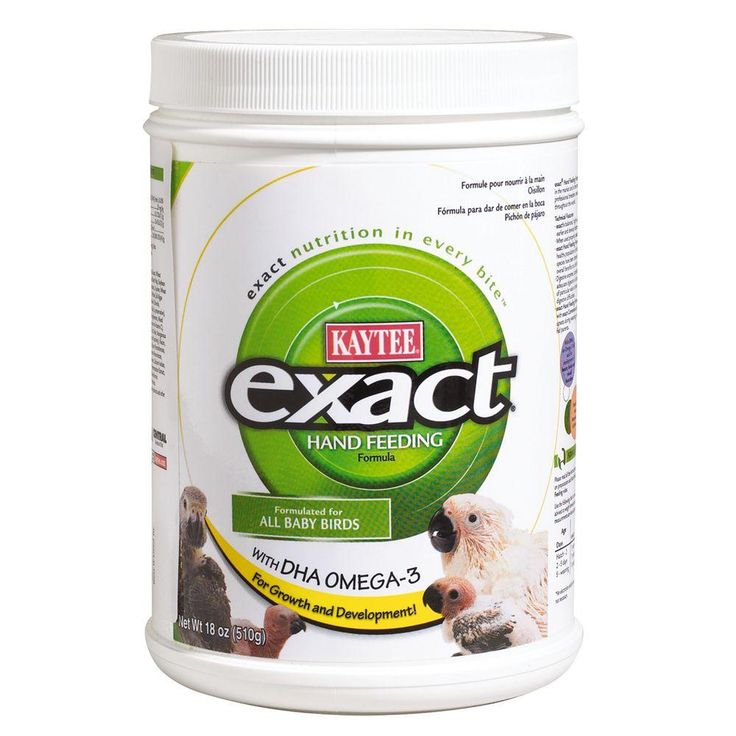 Indeed, in terms of its chemical composition and nutritional properties, it satisfies all the needs of the human body.
Indeed, in terms of its chemical composition and nutritional properties, it satisfies all the needs of the human body.
There are two popular varieties of beef on the market: marbled beef and grass-fed beef. What is more useful?
Two ways of fattening beef bulls
Bulls are raised in accordance with veterinary standards, however, there are differences in fattening and keeping animals, as a result of which one or another type of product is obtained.
- Marble meat is obtained from animals raised in paddocks. The low mobility of bulls, together with grain nutrition, ensures the deposition of fat in muscle tissues, which leads to a characteristic "marble" cut of meat. Due to the tight space, infections occur more often, so antibiotics are added to the feed for prevention. Growth stimulants are used to make animals gain weight faster.
- Grass fattening involves the free keeping and walking of animals on pastures sown with meadow grass.
 In the cold season, cows are transferred to special spacious winter roads, where they receive hay, haylage, silage and a small top dressing of ground grain as feed. In organic farms, the use of antibiotics and hormones for preventive purposes is strictly prohibited. Diseases are prevented with the help of proper maintenance and proper nutrition of animals.
In the cold season, cows are transferred to special spacious winter roads, where they receive hay, haylage, silage and a small top dressing of ground grain as feed. In organic farms, the use of antibiotics and hormones for preventive purposes is strictly prohibited. Diseases are prevented with the help of proper maintenance and proper nutrition of animals.
Beef Ingredients
Beef contains all the vital nutrients of animal origin. Including bull meat in your diet, a person receives animal proteins, fats, vitamins A, B, D, as well as calcium, iron, zinc.
Grass-fed beef contains more polyunsaturated fatty acids useful for the body: EPA (eicosapentaenoic), DHA (docasahexaenoic), CLA (linoleic). It has 10 times more Omega-3, two times less Omega-6 than marbled meat.
It contains more other useful substances:
- vitamins D, K, E, A and group B,
- trace elements - selenium, magnesium, potassium, iron, zinc;
- antioxidants - carnitine, B-carotene, creatine.

Biologically active substances are practically not destroyed during the correct preparation of meat and have a beneficial effect on the general condition of the body.
Low fat content and balanced amino acid composition are the main indicators for the production of meat and vegetable baby food. In many countries, beef is used for these purposes.
External differences between grass-fed beef and marbled beef
- Grain-fed beef (marbled) is looser, on the cut the muscle fibers are red, with the inclusion of a clearly visible intermuscular white fat. It really does look like marble. Grain beef fat is soft and the flavor is neutral.
- Grass-fed beef has virtually no intermuscular fat layers, and external fat is white in color and has a pleasant “grassy” aroma. It's a little tougher and thicker. The taste is reminiscent of butter. The meat is more juicy, when cooked, it gives the broth a yellowish tint.
How much meat should you eat per day?
Regular consumption of grass-fed beef at any age has a beneficial effect on a person's physical and mental health. The Ministry of Health considers beef an important component of a healthy diet. By the amount of consumption, it is second only to poultry meat (Table 1).
The Ministry of Health considers beef an important component of a healthy diet. By the amount of consumption, it is second only to poultry meat (Table 1).
Table 1. Recommended annual consumption of meat in Russia
| Meat total | 73 kg |
| Bird | 31 kg |
| Beef | 20 kg |
| Pork | 18 kg |
| Lamb | 3 kg |
| Meat of other animals | 1 kg |
Beef consumption is constantly decreasing, and by 2020 it was 13.2 kg per person per year. However, it should be remembered that in the system of rational nutrition, the main place is given to the quality of products. We advise you to follow the recommendations of doctors and nutritionists and eat varied.
If you have any questions about choosing quality products or if you need an individual nutrition program that will be tailored to your needs, make an appointment with Anna Terekhova, a specialist in allergology and nutrition.
All farm products M2
Restaurants and cafes
Other articles
-
Milk homogenization: myths and truths
07 november 2019
-
Eggs for breakfast: we understand the benefits of the product together with nutritionist Anna Terekhova.
21 July 2021
-
Reasons to eat beef liver
14 September 2020
-
Ryazhenka: what is the secret
24 august 2020
Articles
-
Milk homogenization: myths and truths
07 november 2019
-
Eggs for breakfast: we understand the benefits of the product together with nutritionist Anna Terekhova.

.


